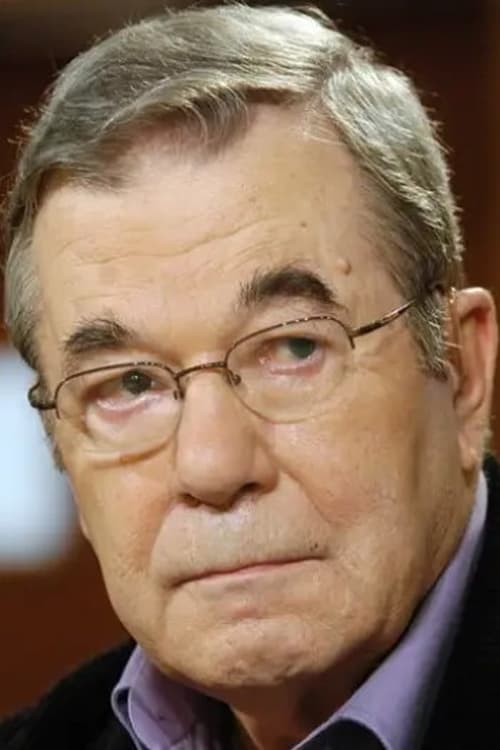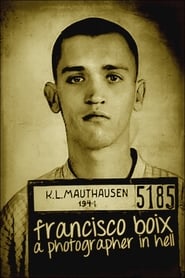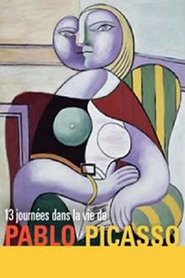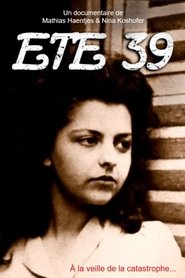detail profile pierre daix

Riwayat Hidup
Pierre Georges Daix (24 May 1922 – 2 November 2014) was a French journalist, writer and art historian.
He was a friend and biographer of Pablo Picasso.
As a young man, Daix was an ardent Stalinist.
He joined the French Communist Party at the age of 17 in 1939 when the Communist Party was banned for supporting the German-Soviet pact.
In July 1940, he created a student club, the Centre laïque des auberges de la jeunesse (Claj), which served as a legal screen for the clandestine Union of Communist Students.
When David Rousset (1912-1997) spoke out about Stalin's vast system of prison camps, Daix attacked him as a liar, denying that the GULAG system existed in the Soviet Union, in a 16 page article in Les Lettres Françaises, entitled "Pourquoi M.
David Rousset a-t-il inventé les camps soviétiques?".
Rousset brought libel charges against Daix and there was a public trial in France, which Rousset, who had told the truth about the camps, won in 1950.
As a French communist, Daix continued his uncritical support for the Soviet Union for many years, though late in life he admitted he had been wrong.
From 1980 to 1985, he was a journalist for Le Quotidien de Paris.
Source: Article "Pierre Daix" from Wikipedia in English, licensed under CC-BY-SA 3.
0.
Info Pribadi
Peran Yang Di Mainkan Pierre Daix
 In 1948 Pablo Picasso met the hairdresser...
In 1948 Pablo Picasso met the hairdresser...Picassos Friseur 2001
In 1948 Pablo Picasso met the hairdresser Eugenio Arias. Both were linked by the fate of emigration. If Picasso initially only had his hair cut by Arias, a deep friendship soon developed.
 In 1939 just finished the Spanish Civil...
In 1939 just finished the Spanish Civil...Francisco Boix: A Photographer in Hell 2000
In 1939, just finished the Spanish Civil War, Spanish republican photographer Francesc Boix escapes from Spain; but is captured by the Nazis in 1940 and imprisoned in the Mauthausen concentration camp, in Austria, a year later. There, he works as a prisoner in the SS Photographic Service, hiding, between 1943 and 1945, around 20,000 negatives that later will be presented as evidence during several trials conducted against Nazi war criminals after World War II.
 A French documentary charting the life...
A French documentary charting the life...13 Days in the Life of Pablo Picasso 1999
A French documentary charting the life of the Spanish artist Pablo Picasso through the events of 13 significant days of his life, including his marriage to Olga Kokhlova, the birth of his daughter, the bombing of Guernica and the death of Stalin. Archive footage of Picasso, his lover Françoise Gilot, writer Jean Cocteau, photographer Brassat and critic Pierre Daix is accompanied by new interviews with Picasso's daughter Maya and son Claude.

